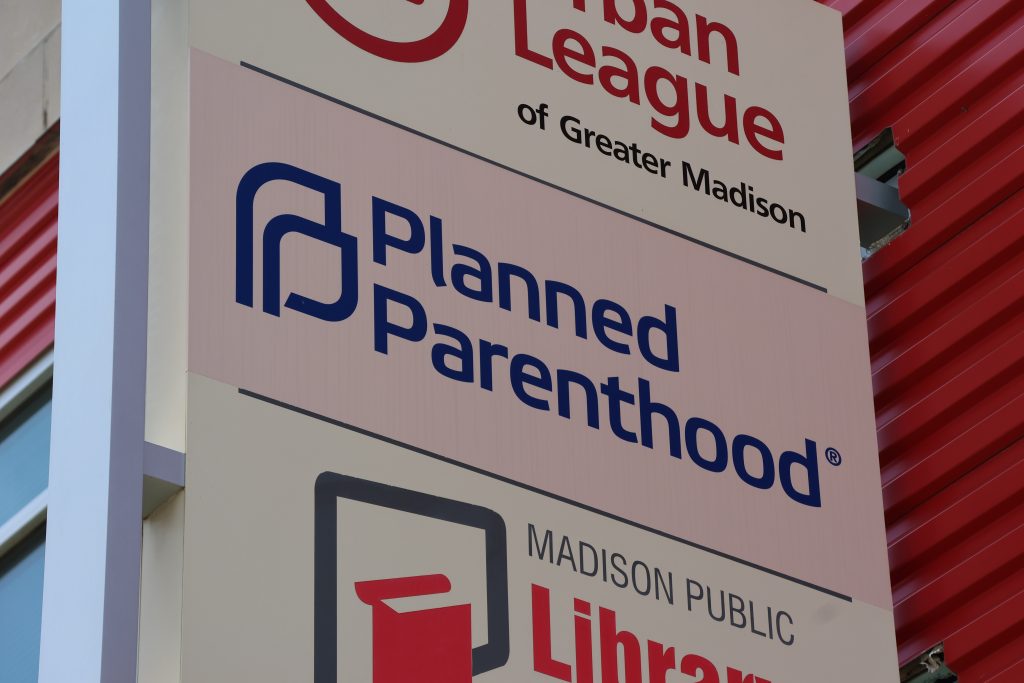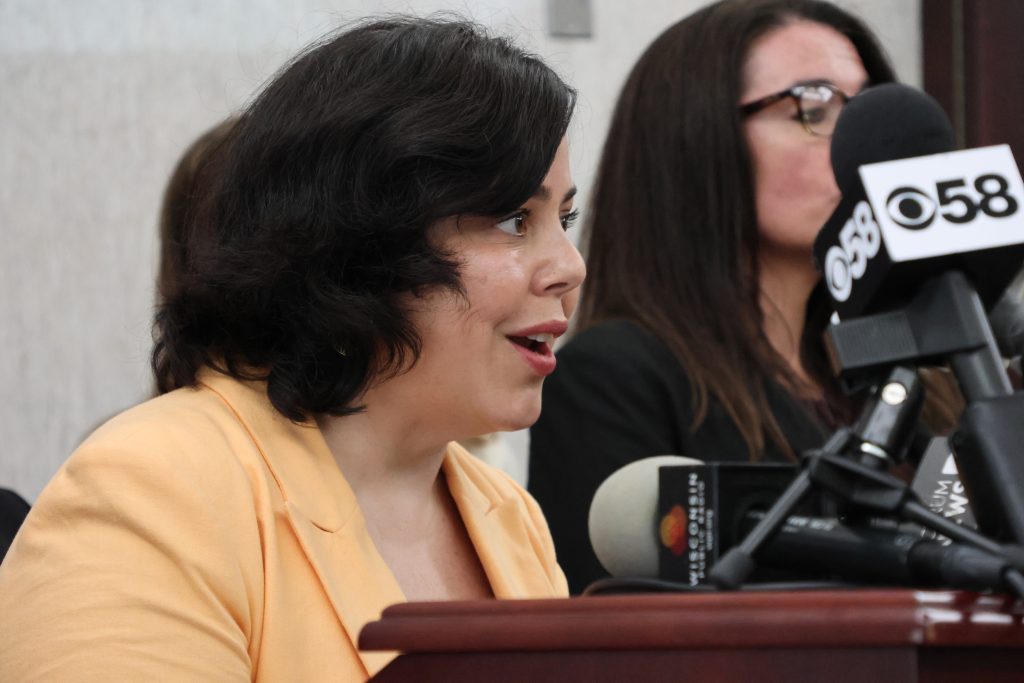
Source: Chali Pittman/Civic Media
Trump Administration blocked from cutting Planned Parenthood Medicaid funding, federal judge rules
WISCONSIN (CIVIC MEDIA) – A federal judge has temporarily blocked a move to cut Medicaid funding from Planned Parenthood.
The two-week restraining order, issued by a U.S. District Judge, directs the Department of Health and Human Services to keep that funding in place for now, reports Politico.

Planned Parenthood filed the lawsuit after President Trump signed a domestic tax and spending bill into law on July 4. While the law doesn’t name Planned Parenthood directly, it blocks Medicaid reimbursements to any health provider that offers abortion services.
For decades, federal funding for abortions has been blocked by the Hyde Amendment. But Planned Parenthood says under the new law, it’d be blocked from Medicaid reimbursements for any services it provides — not only abortions.

Michelle Velasquez, Chief Strategy Officer at Planned Parenthood Wisconsin, previewed the bill as it was being considered in Congress.
“The Congressional bill that would defund Planned Parenthood… would make Planned Parenthood a prohibited entity. Meaning it could not seek reimbursement from Medicaid for service like contraception care, gender affirming care, etc… and the list goes on and on,” said Velasquez during a press conference last Wednesday.
The legal fight comes just weeks after the U.S. Supreme Court ruled that South Carolina can block Planned Parenthood from receiving Medicaid funds.
Nationally, Planned Parenthood says it served over 2 million patients across the U.S. last year. More than half of its services provided for STI testing and treatment alone. Nearly a quarter was for contraception. Just 4 percent of services were for abortion.
Those services are likely to get more difficult to access if Planned Parenthood is cut off from federal reimbursement.

In Wisconsin, more than half of Planned Parenthood’s revenue came from Medicaid, according to its 2022-2023 annual report, which also says it served just under 50,000 patients in Wisconsin that year.
Nearly half of those patients lived at or below the poverty line.
Editor’s note: This story has been updated with additional links, photos, and information.
Want More Local News?
Civic Media
Civic Media Inc.
The Civic Media App
Put us in your pocket.